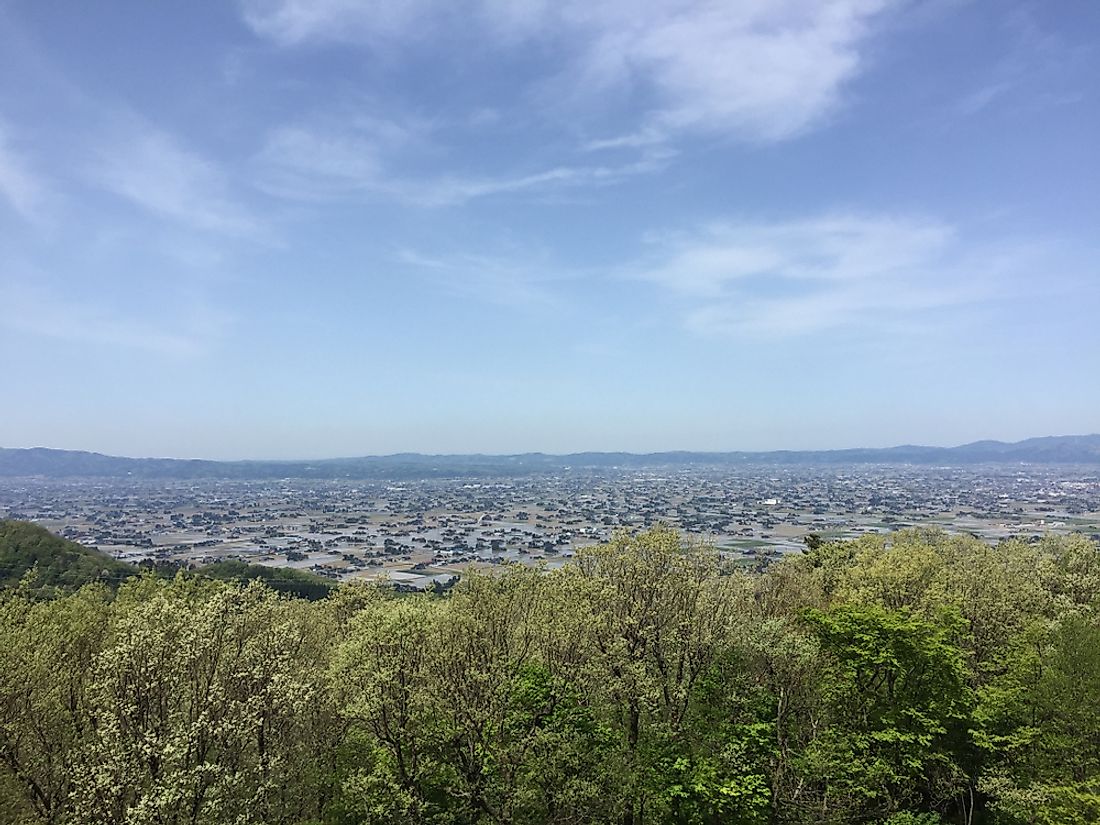What Is A Dispersed Settlement?

A dispersed settlement is the scattered pattern of households in a particular area. This form of settlement is common in the world’s rural regions. The settlement pattern contrasts those found in nucleated villages. The terms are used by landscape historians and geographers to classify different types of settlements.Dispersed settlement patterns are found in Western Europe and different regions of Papua New Guinea particularly among the Baining, Ankave, Gainj communities. This type of settlement pattern is associated with the nomadic pastoralist communities
Characteristics
Several characteristics define a dispersed settlement, and they are found mainly in the regions with grasslands, thick forests, poor agricultural lands, extreme climates, regions with extensive cultivation, hilly tracts, and regions where the farmer live in the agricultural land as opposed to distant settlement or village.Dispersed settlement is a relatively new phenomenon because humans have all along throughout the history lived in closed communities. However, this type of settlement can also be seen in a highly-productive land where the reason behind the dispersed settlement is usually socio-cultural or historical. The common economic activities practiced in regions with a dispersed settlement include large-scale farming, ranching, and lumbering.
Advantages And Disadvantages
A dispersed settlement has its merits and demerits. Due to the isolation of individual households in a dispersed settlement, the inhabitants are at great risk to breaches in security. The minimal social interaction between the households in a dispersed settlement is another result of the household isolation seen in a dispersed settlement. Access to public amenities such as schools, hospitals, and government offices is another challenge faced by people residing in dispersed settlements. In the event of natural disasters or accidents, emergency response is hindered by the expanse of the farms between households in a dispersed settlement. However, there also benefits that come with living in a dispersed settlement. The isolation of the households is not entirely bad, as it provides the inhabitants with privacy. Poor sanitation and deplorable drainage systems are rarely a problem in dispersed settlements since a few people use these amenities. The large size of the land in dispersed settlements makes it ideal for the employment of machinery in economic activities for improved productivity.
Examples
In the United Kingdom, a dispersed settlement can be found in different parts of the country. Examples can be found in Kent and Essex of West Country and Oxfordshire’s Middle Barton. A dispersed settlement can also be found in numerous locations in Domesday. Many of the households in these regions sit on large tracts of land and practice large-scale agriculture on their farmsteads. The farmsteads are usually irregularly-shaped and were, in the past, bordered by trees. The tradition of lining the farmsteads with trees ended in the 20th century after locals embraced new farming practices. Italy’s province of Bari also has examples of dispersed settlements, many of which are found around Locorotondo. The origin of this settlement in southern Italy is traced back to the 19th century when many people migrated from urban centers and settled in the rural areas. Dispersed settlements are also found in different parts in the world including the prairies of Canada and the US, the Steppe grasslands of Russia, Turkmenistan, Uzbekistan, Kirgizistan, and Kazakstan. Other examples include the Pampas of Argentina, Downs grasslands of Australia, and the Velds of South Africa.











